|
This is the first of 2 postings on Sabino Canyon, part of the Catalina Mountain range, and home of Sabino Creek as it ends its journey to the desert floor from it origins in Summerhaven. Today I focus on an overview of the park, the wonderful work of volunteer naturalists, and photographs from a recent birding adventure in the lower canyon.
As federal land, the canyon benefitted from the work of the Works Progress Administration (WPA) and Civilian Conservation Corps (CCC) during the Great Depression. Projects included building the Sabino Dam and numerous bridges over the creek, the latter providing smooth walking 3.8 miles up the canyon, ascending from 2,800 to 3,300 feet above sea level, crossing the creek 9 times. The one lane road allows narrated tram tours. Buying a tram ticket for the day is a great way to get up and down the canyon easily, stopping as often as you wish. See the Sabino Canyon Tours website for tram schedules, and more history of the area. The riparian zone of the canyon is home to a varied tree population, including ashes, cottonwoods, willows and sycamores, which turn to fall color from late November into December. See Douglas Kreutz's article in the Arizona Daily Star, December 2014. December is a great time to visit the canyon, paintbrush or camera in hand. December is also a great time to welcome our avian winter visitors (ah yes, finally I get to birds, the subject of this posting!). The Tucson Audubon Society (TAS) has a great website, and offers free birding field trips. In early December I signed up for a TAS Sabino Canyon field trip, hosted by Jean and Mark Hengesbaugh, both Sabino Canyon Volunteer Naturalists. There were about 15 people on the trip, and as a group we spotted 37 species, as recorded by Jean and Mark. From the TAS Website it appears that this trip will be repeated on Saturday January 2nd at 8 am. This will be a great way to begin the New Year. Note that signing up for the trip on the TAS website is required. We left the visitor center shortly after 8 am on December 5th, not too long after sunrise, and walked due east toward Sabino Creek. We joined the road that goes to Bear Canyon, and then swung north toward the Sabino Dam. The Forest Service has a map on their website, and maps and directions are also available at the Visitor Center. In addition, I have added an overlay of our route to the Google map included earlier in this post. 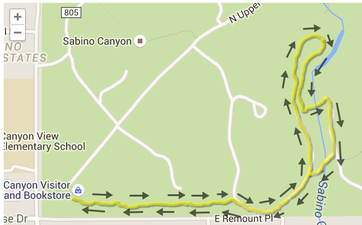 We paused at the dam, the northernmost extent of the trip, then walked south, crossing the creek toward the east over one of the WPA bridges, continuing south in the riparian zone, then heading back to the west over the bridge that takes the Tram to and from Bear Canyon. In addition to birding, we had the opportunity to see the volunteer work done in 2008-2010 to remove invasive Arundo (Giant Reed) from the riparian area. Over 6000 volunteer hours were logged, and our guides, Jean and Mark Hengesbaugh were volunteer coordinators of the project. Click this link for more details and videos of the project and results. Removing the invasive reeds has opened up the area to the sun and allowed native plants to make a comeback, "dechoking" the river at this location. Many volunteer opportunities are available at Sabino Canyon, see their website for more details. What follows are some of the better images I captured during the trip. Jean and Mark's list of species spotted has been very helpful - allowing me to check the birds against my images, and expanding my knowledge of December visitors. As we walked east from the visitor center parking lot, we spotted several Phainopepla, including a partial albino male who Mark reports has been a winter visitor to the same area of the canyon for the past 6 winters. The light was variable to poor this early in the morning, and the birds are black, so my images tended to be flat. The partial albino was at some distance, and offset by a totally grey sky. Above and below, male Phainopepla Two frames below, male Phainopepla, partial albino, taken at some distance. You can see that the crest is partially white. As we walked east, we spotted the Verdin below, As the sun got higher in the sky, we spotted a male Ladder-backed Woodpecker, below, who stayed still long enough in good light to provide a number of shots - one of the better ones below. As we walked north toward the Sabino Dam, we encountered a scrum of house finches, all very active and close to the trail Above, male House Finch in flight. Nice view of feathers and markings. The same male, approaching a female who ignored him initially, then squaked back. Not a happy couple. Male in flight. Not the sharpest image, but shows the "coasting" they do in between wing strokes. Looks more like a missile in flight than a bird. A somewhat calmer male, in good light. After visiting the dam, we walked back to the south. Coming around a corner the whole valley opens up and insists you stop to catch your breath. This image is composed of 4 frames all shot with the same focus and exposure with a Canon 6D and Sigma 150-600 C series lens set at 150 mm. Frames stitched together to create the panoramic view with Adobe Lightroom using the Photo Merge option in the Develop module. Stay tuned for Part II, Landscapes, coming soon.
2 Comments
Dan granger
12/18/2015 07:02:55 pm
Very nice overview of Sabino --the links really add value to it. Your photos are great,too, especially the in-flight captures. And of course thanks for changing the font.
Reply
12/20/2015 07:07:15 am
Excellent! I love your work -- photography and writing. Waiting for Part II.
Reply
Leave a Reply. |
AuthorHenry Johnson, photographer and author of this site. For more detail, see About
Categories
All
Archives
July 2024
|
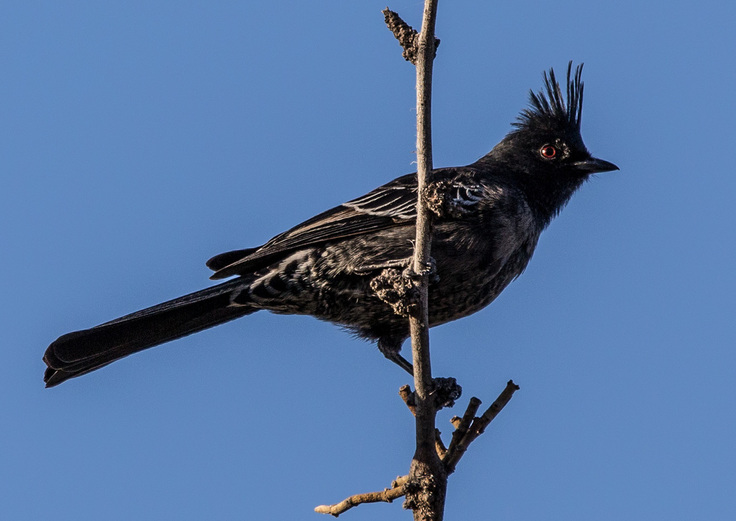
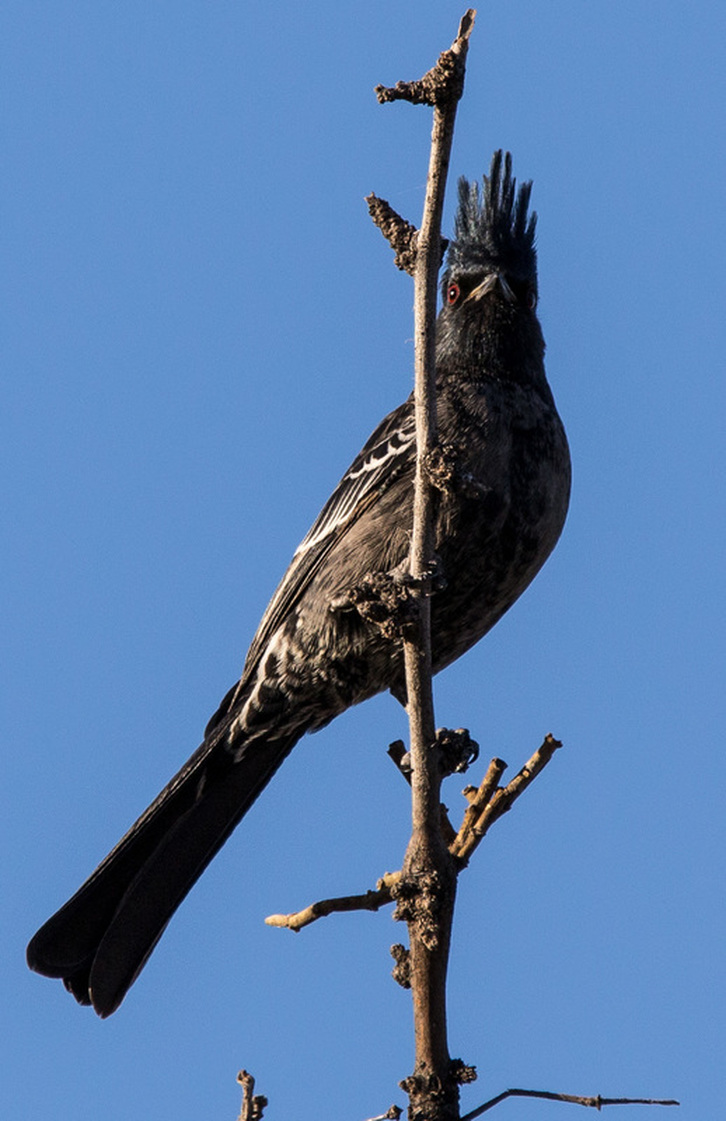
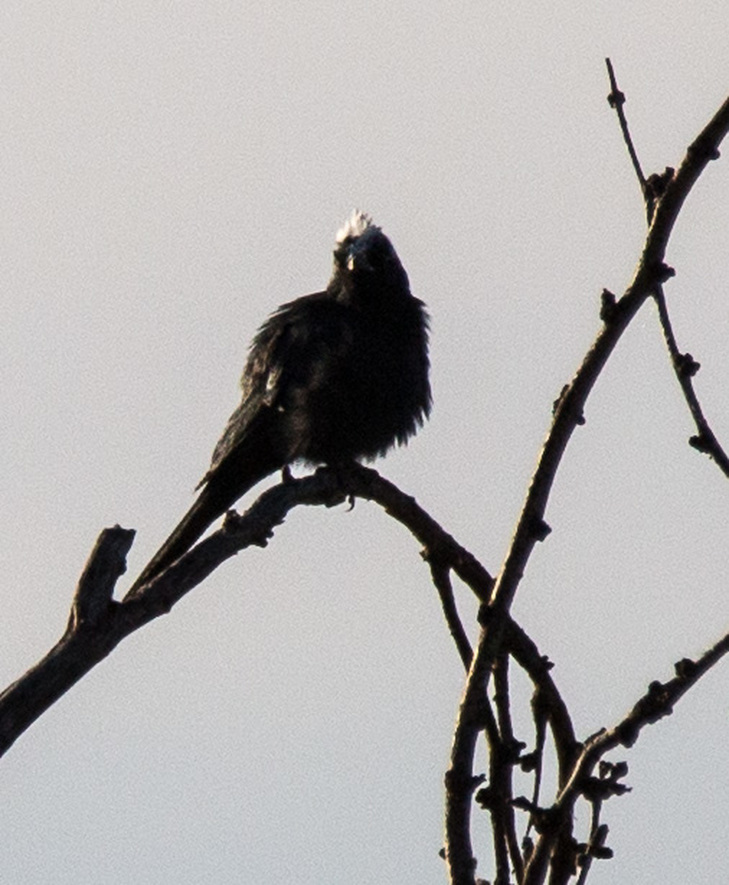
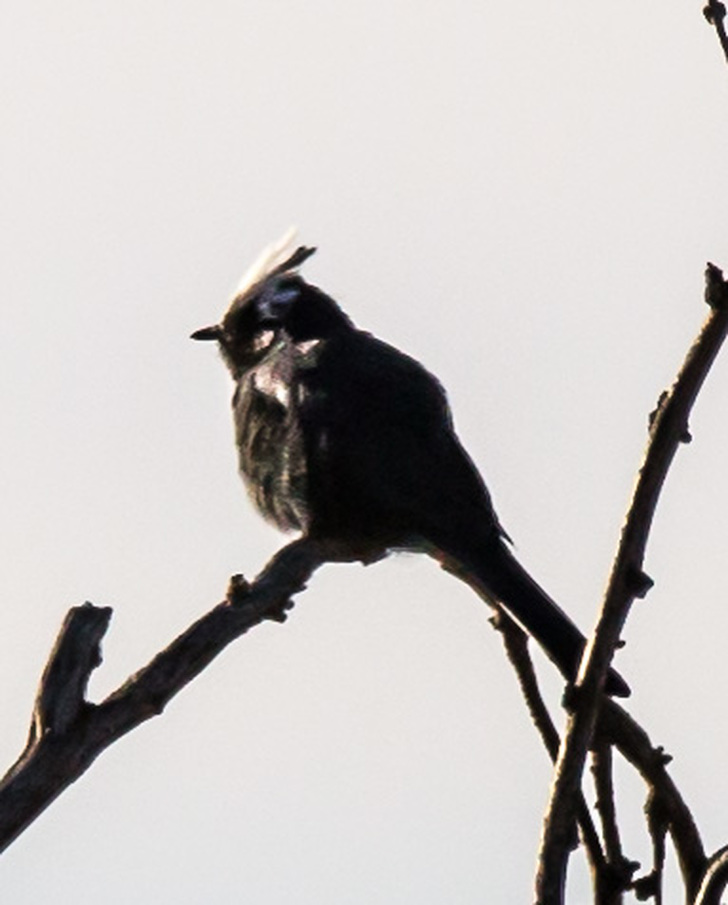

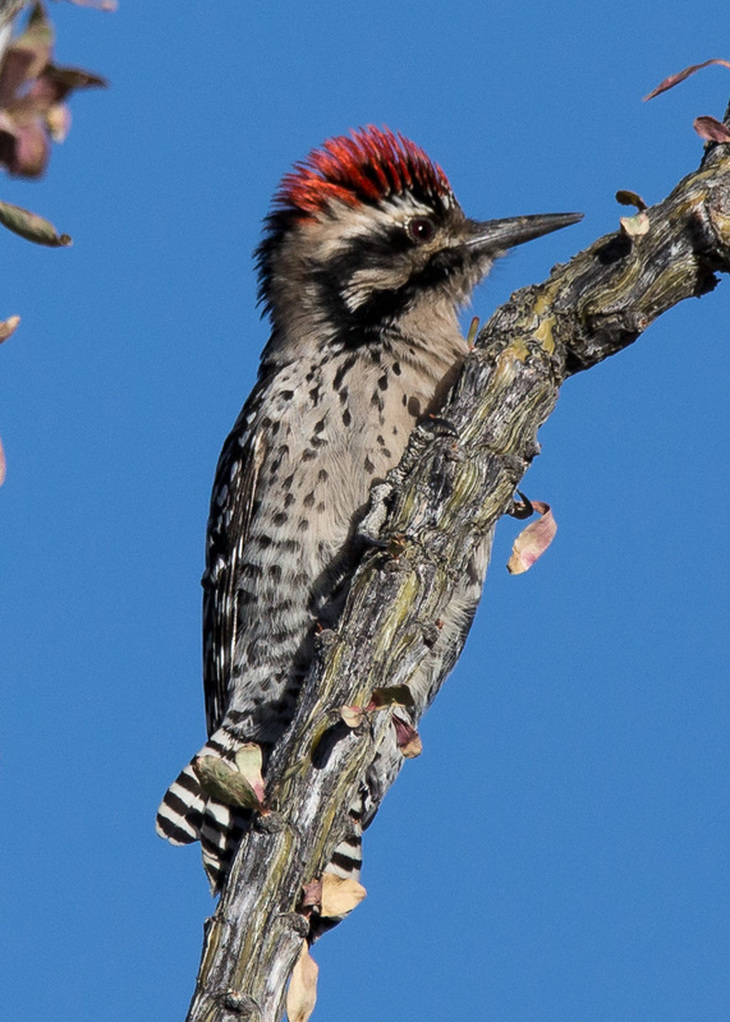
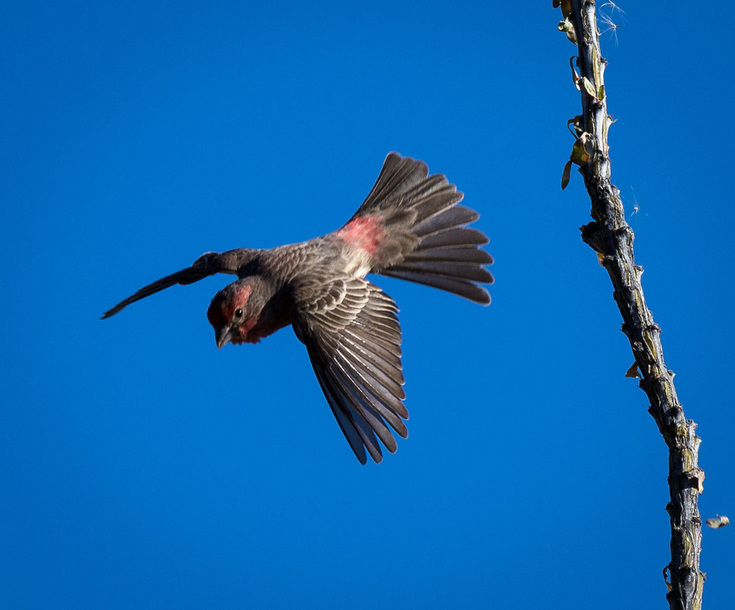
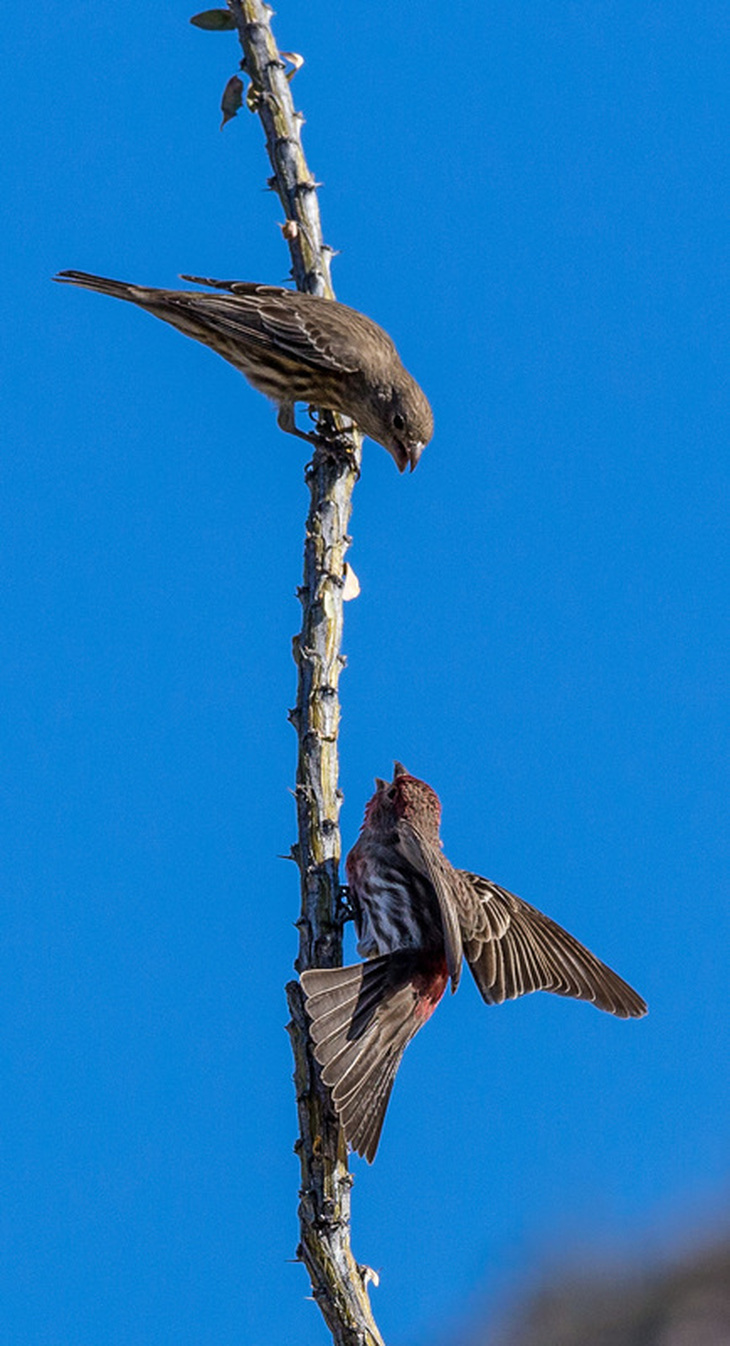
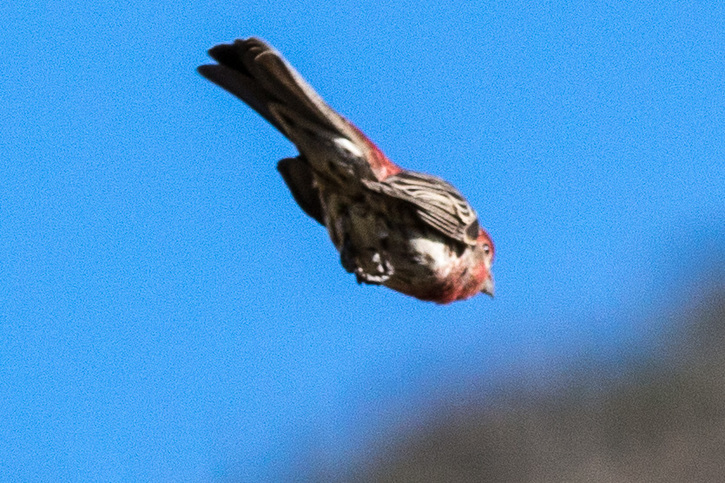
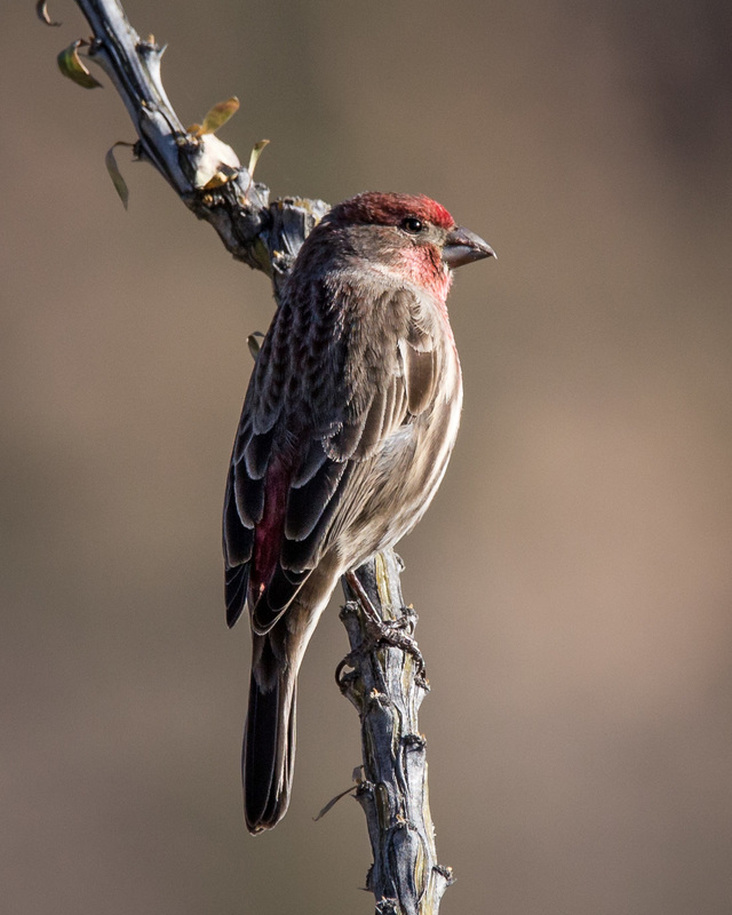

 RSS Feed
RSS Feed